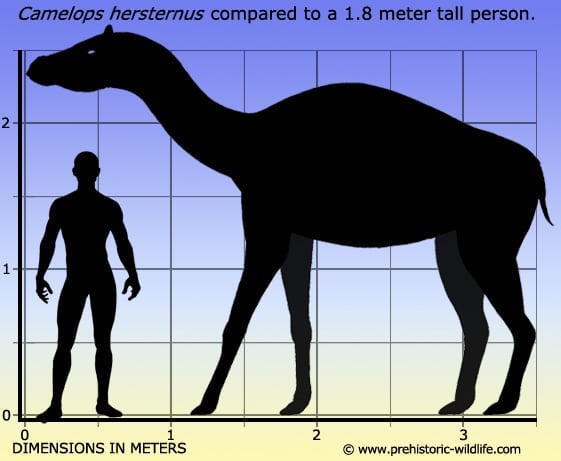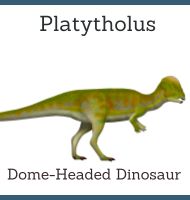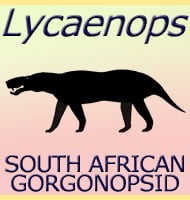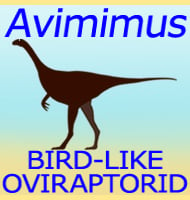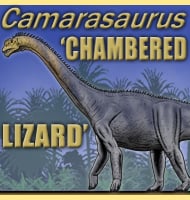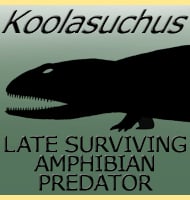In Depth
Although certainly not the only North American camel known to us, Camelops seems to have been the last to go extinct. The theories as to why this happened are controversial but in the case of Camelops human hunting was certainly a contributing factor since evidence of butchery (the processing of a carcass for food) has been found on some Camelops fossils from the time that they disappeared. It is important to remember however that the climate of North America was undergoing considerable changes during the end of the Pleistocene as well, something that would have reduced Camelops populations even further.
It is not certain if Camelops had a prominent hump or even humps like today’s camels, but the vertebrae of Camelops do have prominent neural spines similar to the Dromedary (Camelus dromedarius). By comparison it is at least possible that Camelops may have had a hump. Some plant remains have been found between the teeth of Camelops, analysis of which suggests that Camelops was a generalist herbivore that fed upon whatever plants were available.
In 2007 Camelops, or more accurately the ‘Wal-Mart Camel’ as it was dubbed in the media, made headlines when a construction crew at a Wal-Mart site in Mesa, Arizona discovered the remains of two juvenile Camelops while digging a hole for a citrus tree. These remains have since been handed over to the Geology Museum of Arizona.
Further Reading
– A new species of camel (genus Camelops) from the Pleistocene of Aguascalientes, Mexico. Southwestern Naturalist 19(4):341-345 – O. Mooser & W. W. Dalquist – 1975. – On the possible utilization of Camelops by early man in North America. – Quaternary Research 22 (2): 216–230 – Gary Haynes & Dennis Stanford – 1984.
